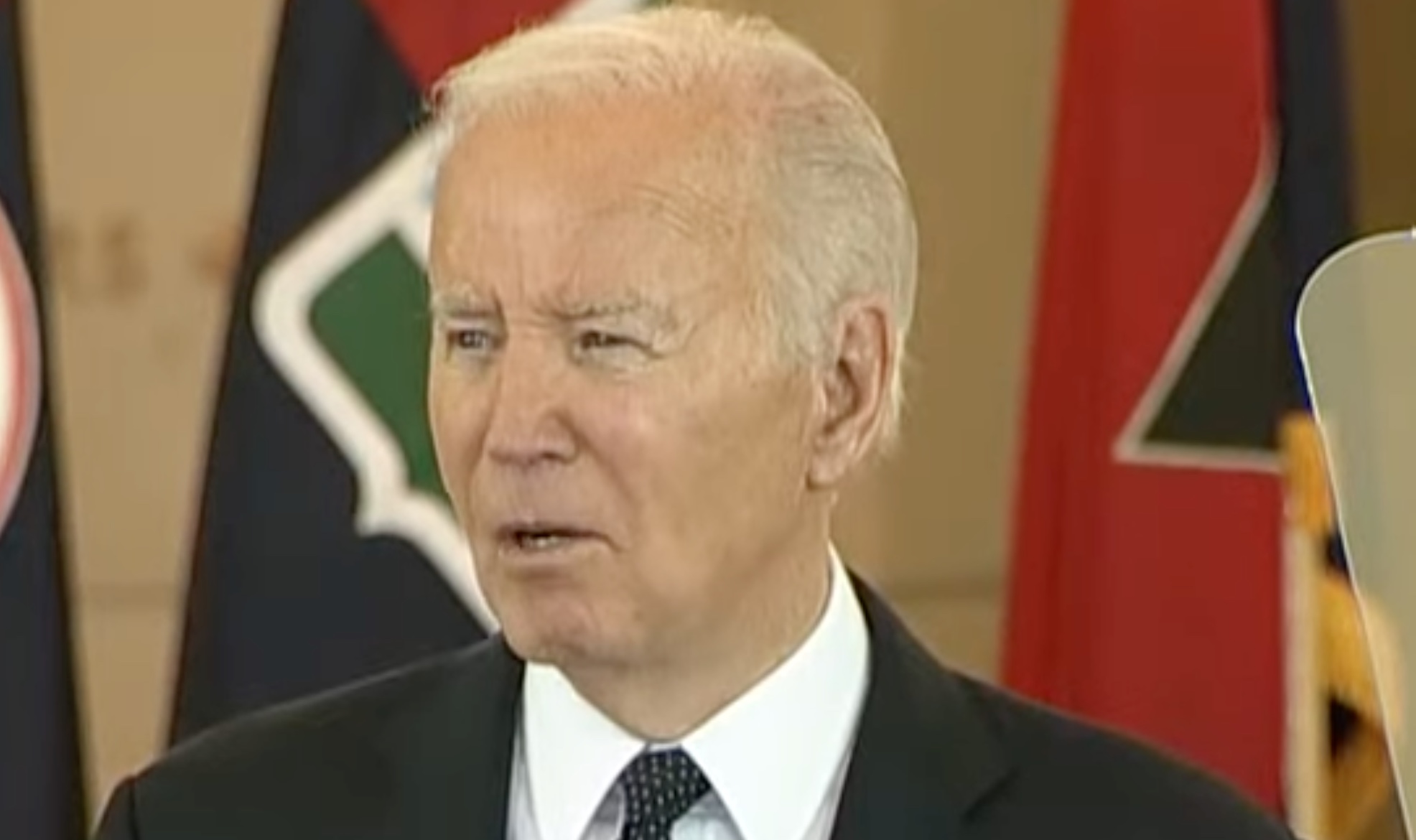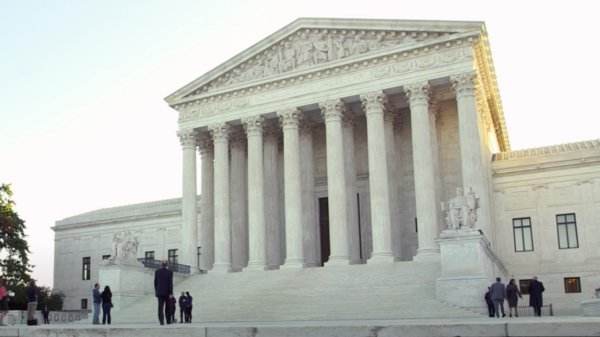
Recent poll results indicate that former President Donald Trump is leading the current President Joe Biden by a significant margin in double digits.

A small percentage said they would vote for another candidate, and around 5 percent remained undecided.

In a survey conducted by Rassmussen, Trump garnered 46 percent of likely voter support, while Biden received 36 percent, and independent candidate Robert F. Kennedy Jr. secured 9 percent.

Despite Trump’s apparent advantage over Biden for the upcoming presidential election in November, there are crucial factors to consider before drawing any conclusions.

To begin, it’s important to note that Rasmussen polls have a track record of favoring Republican candidates.

For instance, in their final 2020 polls, Rasmussen predicted Biden’s victory by only 1 point, significantly underestimating his actual 4.5-point win.

Their predictions for the 2018 and 2022 midterms also missed the mark, showing discrepancies between the projected and actual results.

Additionally, Rasmussen’s lack of transparency regarding its polling methodology makes it challenging to assess the accuracy of their polls.

Furthermore, with the election still six months away, various unforeseen events such as global conflicts, campus incidents, legal proceedings, or other developments could significantly impact the polling numbers, emphasizing the volatility and unpredictability of the political landscape.

It is important to highlight that the poll results are considered an anomaly. The RealClearPolling average of surveys conducted in the past month indicates that Trump holds a 2.9-point lead over Biden.

Notably, six of the polls in this average show Trump leading, four show a tie, and only one favors Biden. However, it is crucial to recognize that the majority of these 11 polls surveyed registered voters, rather than likely voters, which may limit their effectiveness in accurately predicting the outcome of the November election.

As advised by the Intelligencer in a recent weekend article on presidential polling, “if the question is ‘Who’s ahead?’ and the race is close enough to make precision matter, stick with the averages.”

However, according to RealClearPolitics (RCP), Trump currently holds a slight lead in Electoral College votes, with 219 to 214, while 104 votes remain too close to determine. If the undecided races were to be called, the count would be 312 to 226, but it is advisable to approach this prediction with caution.

Trump also maintains a combined 3.2 percent lead over Biden in the seven swing states monitored by RealClearPolitics, triumphing in all of them—Arizona, Georgia, Michigan, Nevada, North Carolina, Pennsylvania, and Wisconsin.

In summary, while the presidential race appears closer than suggested by Rasmussen, Trump does appear to hold an advantage.

“Overall, it’s reasonably clear that the Biden-Trump race remains very close in terms of the national popular vote with Trump maintaining a small advantage in winning enough battleground states to secure the 270 electoral votes necessary for victory,” the Intelligence wrote Saturday. “That’s also what other metrics like candidate favorability, partisan affiliation, and above all recent history would suggest.”


































